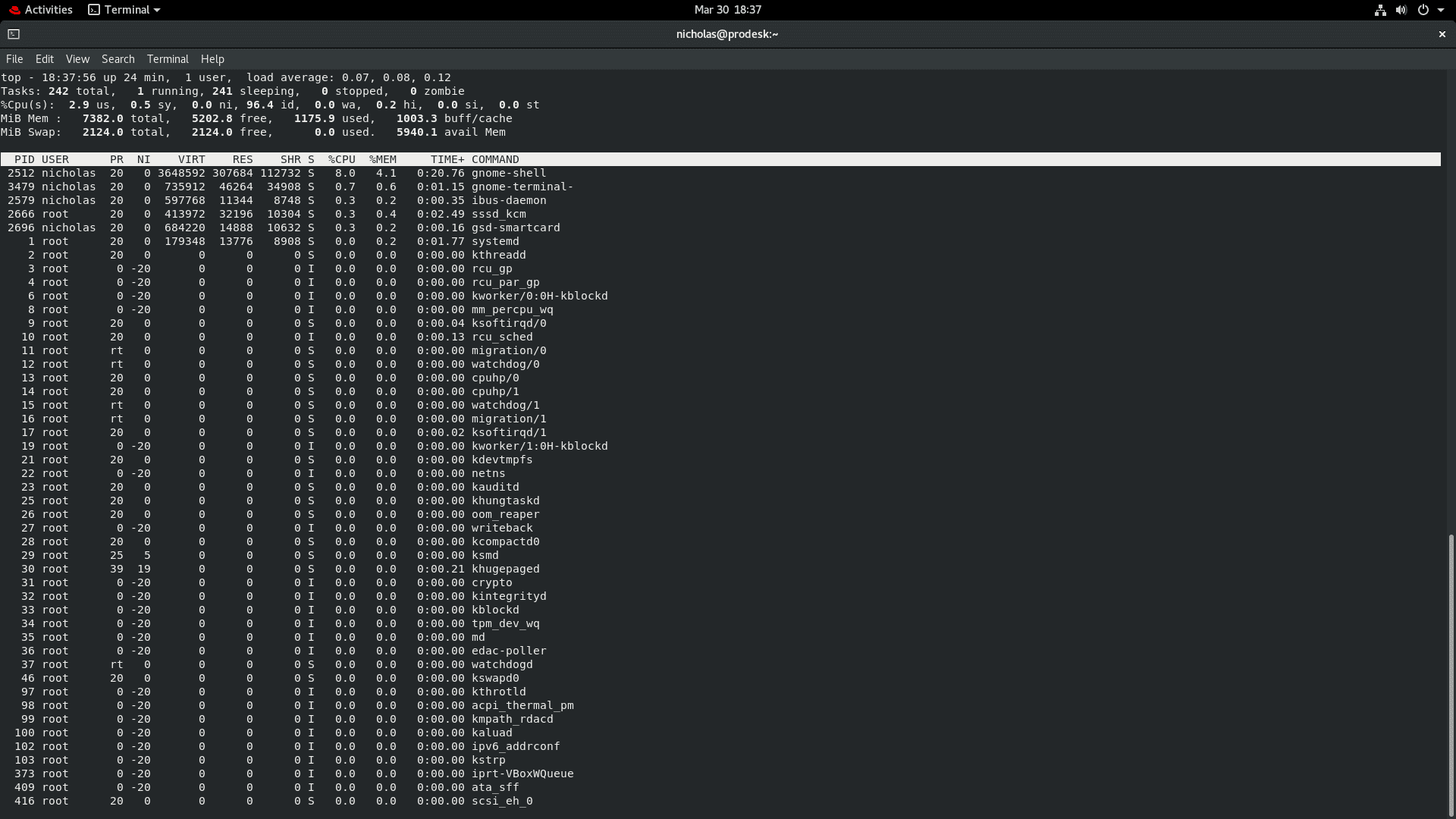

- #Console calculator centos full
- #Console calculator centos windows 10
- #Console calculator centos code
- #Console calculator centos windows
What’s more, it can be scripted from the command line if needed. The bc utility gives you everything you expect from a scientific, financial, or even simple calculator. But did you know the command line also offers a similar calculator called bc? It features several different operating modes that allow you to do, for example, complex math or financial calculations. The Fedora Workstation, for example, includes the Calculator tool.
#Console calculator centos code
Run the following code in your PowerShell session when the Brave browser is running.If you run a graphical desktop environment, you probably point and click your way to a calculator when you need one. PowerShell then uses Get-NetTCPConnection to find information about each network connection the brave process has open. For each instance of the brave process it finds, it uses that process’s ID ( $_.id) and passes it to Get-NetTCPConnection.
#Console calculator centos full
To display a list of property aliases mapped to full property names, use the command Get-Process | Get-Member -MemberType 'AliasProperty'.īelow is another great example.

#Console calculator centos windows
Using the Get-Process cmdlet on Windows to display local processes.īy default, the gps or ps exist as command aliases for Get-Process. The output format is identical for the Windows and Linux operating systems. Notice, that Get-Process returns the running process information, as shown below. To get started, open up your PowerShell console and run Get-Process. To display real-time process information Windows offers Windows Task Manager and Linux offers the top command. Get-Process returns a point-in-time snapshot of a system’s running process information. This command displays all running processes. In this first example, you are using the PowerShell Get-Process cmdlet. Ready? Let’s dive in and manage some processes! Displaying Running Processes
#Console calculator centos windows 10
This article uses Windows 10 and Ubuntu 20.04 LTS, but any OS that PowerShell runs on will work.Related: Upgrading to PowerShell 7: A Walkthrough Although Windows PowerShell 5.1 is sufficient for most examples here, PowerShell 7.1 and greater is necessary for Linux support.Discovering Where a Process Binary Livesīefore going any further, below are the necessary prerequisites to follow along with the examples in this article.


 0 kommentar(er)
0 kommentar(er)
